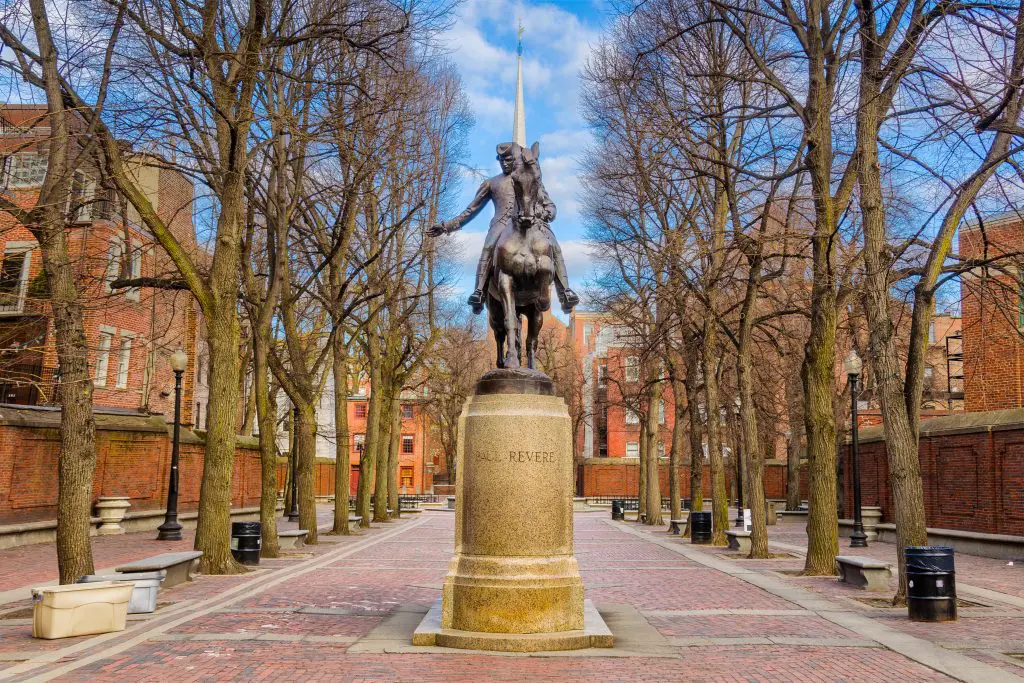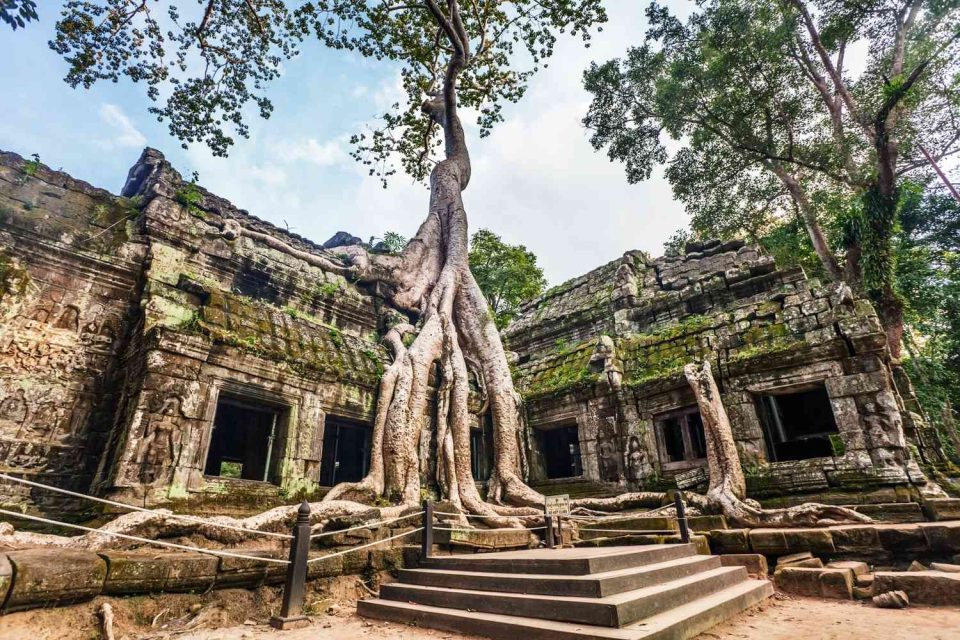Traveling is not just about visiting beautiful places, experiencing thrilling adventures, or trying new cuisines; it is also about learning and understanding the history, stories, and traditions of the places we visit. By tracing the footsteps of historical events, people, and cultures, we can gain a deeper appreciation and knowledge of the world around us. In this blog post, we will explore the concept of historical journeys, and how they can offer a unique and enriching travel experience.
Exploring the history and culture of a place can be an enlightening and fascinating experience. It can take us to places we never imagined, revealing the stories and traditions of people long gone, and the events that shaped our world today. Here are some ways to embark on a historical journey, and the benefits they can offer.

Discovering Ancient Civilizations
For those seeking to travel back in time and better understand the workings of ancient societies, visiting the ruins of civilizations such as the Mayans, Greeks, or Egyptians is a must. The remnants of these once-great cultures provide a unique opportunity to learn about their technology, art, and architecture, as well as their belief systems and way of life. From the towering pyramids of Egypt that have stood for millennia, to the intricately-carved temples of Angkor Wat, there is much to explore and ponder. By going beyond the books and venturing into these historical sites, we can truly gain a new appreciation for the incredible achievements of our ancestors, and a deeper understanding of how they shaped the course of humanity.
Visiting Historical Sites and Monuments
Significant historical landmarks and monuments can be found in many nations, providing a window into the past. These historical sites, which range from the Roman Colosseum to the Berlin Wall, narrate the histories of the figures and occasions that shaped the world in which we live. The difficulties and victories of those who came before us can be better understood when we visit these sites, which can give us a concrete connection to history.

Petra, an ancient city in Jordan, is one instance of a lesser-known historical monument. Buildings and tombs in Petra were carved straight into the sandstone cliffs when it was a significant trading centre in antiquity. In the present, Petra is a well-liked tourist destination and a UNESCO World Heritage Site. Visitors can gain knowledge about the prehistoric Nabataean way of life and its architecture by exploring Petra.
Experiencing Living Traditions
Traditions and customs are an essential part of a country’s culture and history. By experiencing living traditions, such as festivals, ceremonies, or art forms, we can gain a deeper understanding of a place and its people. For example, attending a traditional tea ceremony in Japan, witnessing the vibrant celebrations of Dia de los Muertos in Mexico, or exploring the traditional villages of Bhutan, can offer a unique and immersive cultural experience.
Learning from Local Guides
A local guide’s knowledge is one of the best resources for discovering a place’s history and culture. Beyond what we can read in books or obtain online, local guides might offer insights and viewpoints. Additionally, they can share their own traditions and stories and provide a personal connection to the area and its inhabitants.

The Freedom Trail in Boston, Massachusetts, is an illustration of a historical tour given by a local guide. There are 16 historical landmarks along the 2.5-mile Freedom Trail, including the Old North Church, the Paul Revere House, and the Massachusetts State House. Expert tour guides in period attire lead the journey and describe the history and significance of each location.
The Value of Travelling Through Time
Historical journeys offer numerous benefits, both for travelers and the places they visit. By exploring the history and culture of a place, we can:
- Gain a deeper appreciation and understanding of the world around us
- Develop empathy and respect for other cultures and ways of life
- Discover new perspectives and ways of thinking
- Connect with the people and traditions of a place on a personal level
- Support the preservation and conservation of historical sites and traditions
- Contribute to the local economy and communities through responsible tourism
To Conclude
Exploring the past and the people and events that moulded our world is possible through historical travel, and can be a rewarding and meaningful experience. The world around us can be better understood and appreciated if we follow in the footsteps of significant historical events, individuals, and cultures. Travelling through history is a once-in-a-lifetime opportunity to learn and grow as a person through seeing and doing things you would never get to do otherwise. Next time you’re deciding where to go, keep in mind that a tour through history is the best way to learn about the people and customs that give each destination its own identity.

